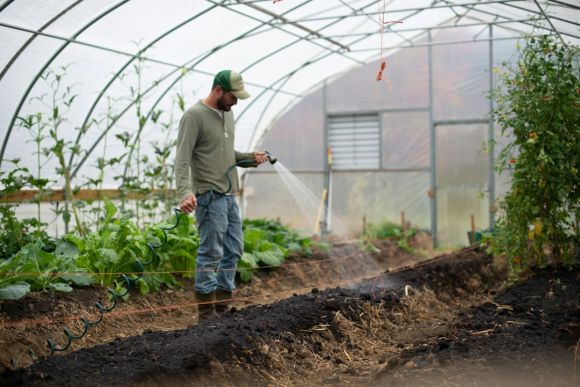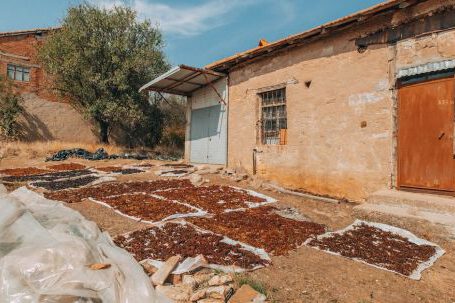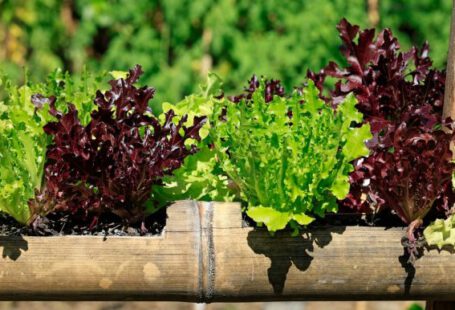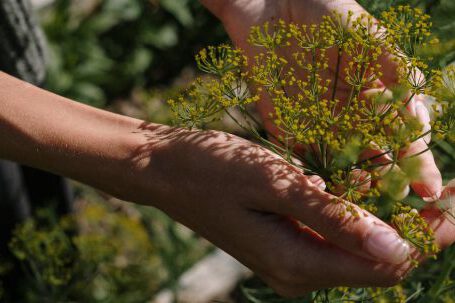Watering is an essential part of plant care, as it provides the necessary hydration for plants to grow and thrive. However, the timing of watering can have a significant impact on the health of plants. One common question that arises is whether watering at night can cause plant diseases. In this article, we will explore this topic and shed light on whether there is any truth to this belief.
Understanding Plant Diseases
Before we delve into the effects of watering at night, it is crucial to understand what plant diseases are and how they occur. Plant diseases can be caused by various factors, including fungi, bacteria, viruses, and environmental conditions. These diseases can manifest in different ways, such as leaf spots, wilting, stunted growth, and even death. Watering practices can play a role in preventing or promoting the development of plant diseases.
The Moisture-Disease Connection
Moisture is a crucial factor in the development and spread of plant diseases. Fungi, in particular, thrive in moist environments and can cause diseases such as powdery mildew, leaf spot, and root rot. When leaves or other plant parts remain wet for an extended period, it creates an ideal environment for fungal spores to germinate and infect the plant. Excessive moisture can also weaken a plant’s natural defenses, making it more susceptible to diseases.
Watering at Night: The Potential Risks
Now that we understand the connection between moisture and plant diseases, let’s explore whether watering at night can pose a risk. Watering at night can be problematic because it allows the plant to remain wet for an extended period. If the foliage does not have enough time to dry before nightfall, it can create a damp environment that encourages fungal growth.
Additionally, nighttime temperatures tend to be cooler, which further contributes to moisture retention. High humidity levels during the night can also exacerbate the risk of fungal diseases. The combination of moisture, low temperatures, and high humidity provides the perfect conditions for pathogens to thrive and infect plants.
Alternatives to Nighttime Watering
To minimize the risk of plant diseases, it is advisable to avoid watering at night whenever possible. Instead, consider the following alternatives:
1. Morning Watering: Watering plants in the morning allows the foliage to dry out during the day. The warmth and sunlight help evaporate moisture, reducing the risk of fungal infections.
2. Drip Irrigation: Using drip irrigation systems or soaker hoses can deliver water directly to the plant’s roots without wetting the foliage. This method minimizes moisture on the leaves, mitigating the risk of diseases.
3. Watering Frequency: Instead of watering heavily at once, consider watering more frequently but with smaller amounts. This approach ensures that the soil remains consistently moist without saturating the plant or creating excess moisture.
Conclusion
Watering is a crucial aspect of plant care, but it is essential to consider the potential risks associated with nighttime watering. While there is no definitive answer to whether watering at night can cause plant diseases, the increased chance of moisture retention and fungal growth suggests that it is best to avoid it. By adjusting watering practices and opting for morning watering or alternative methods, gardeners can minimize the risk of plant diseases and help their plants thrive.





